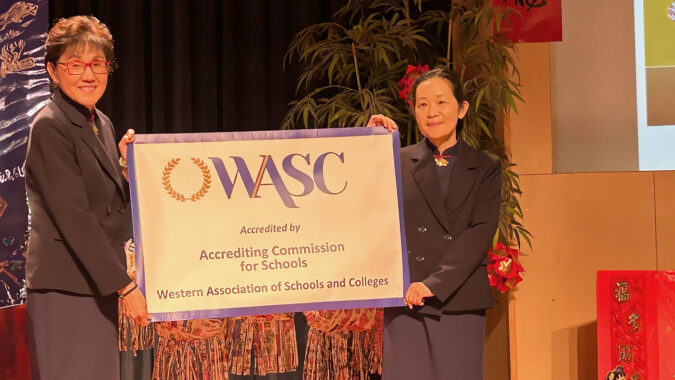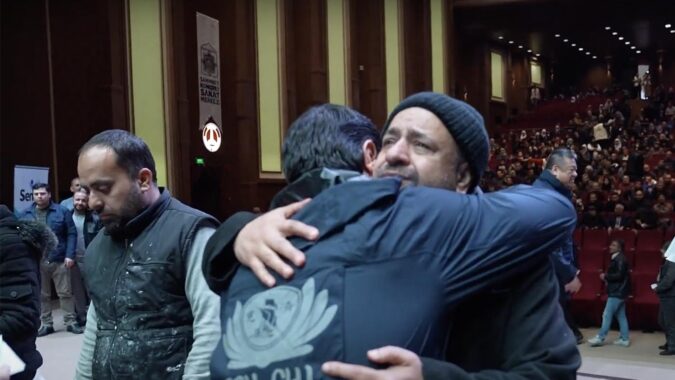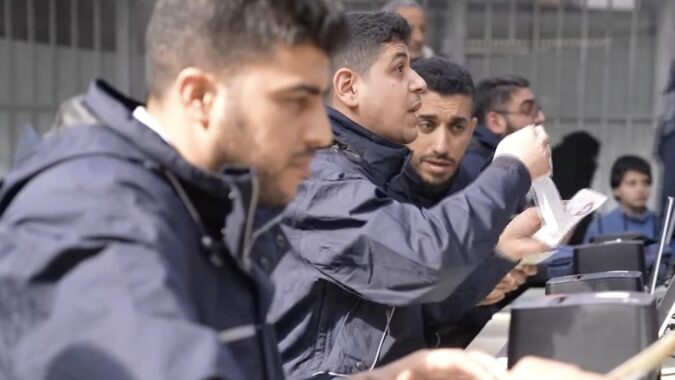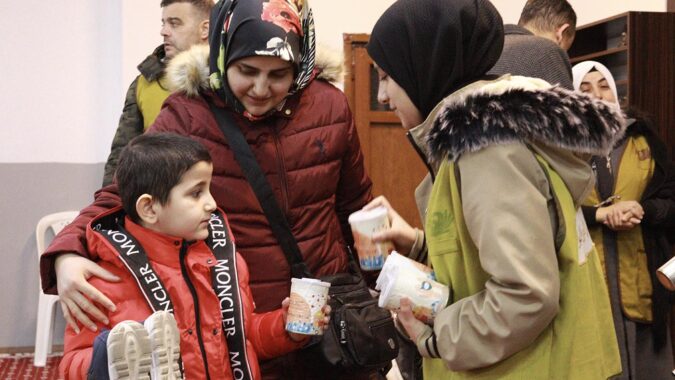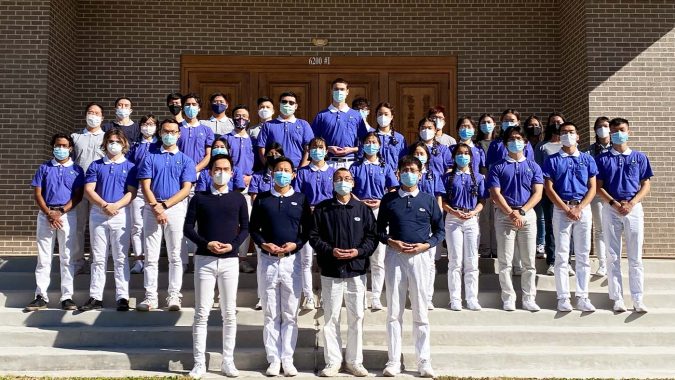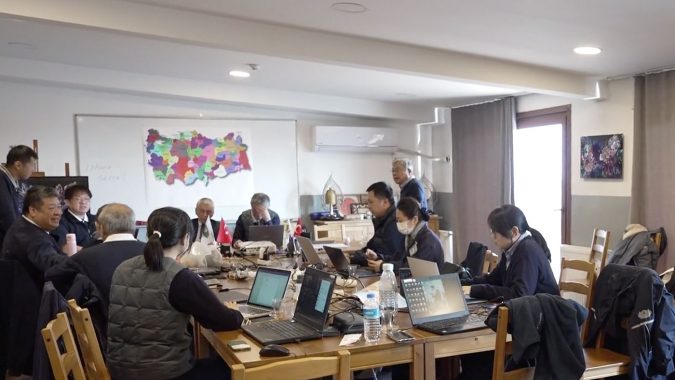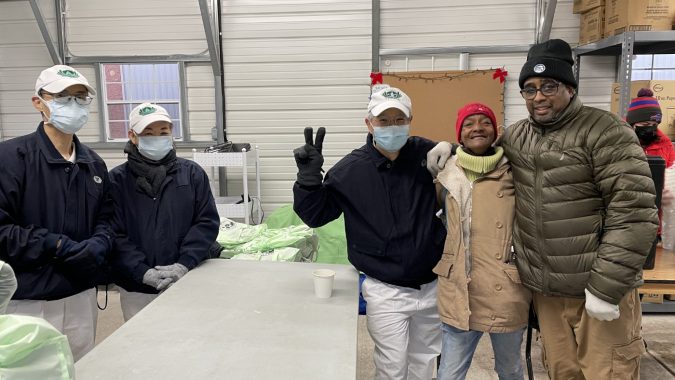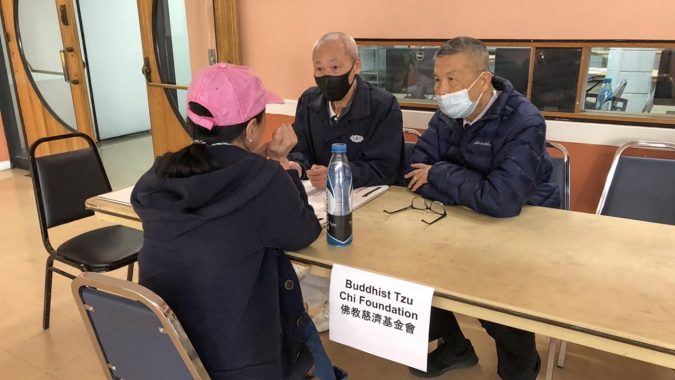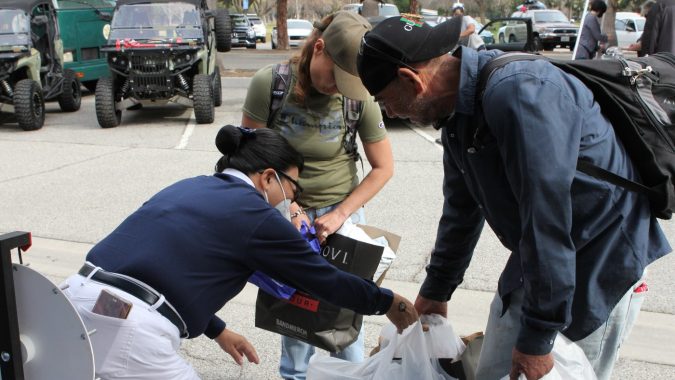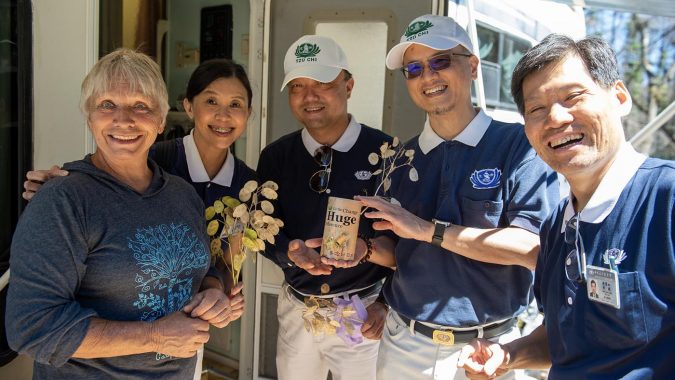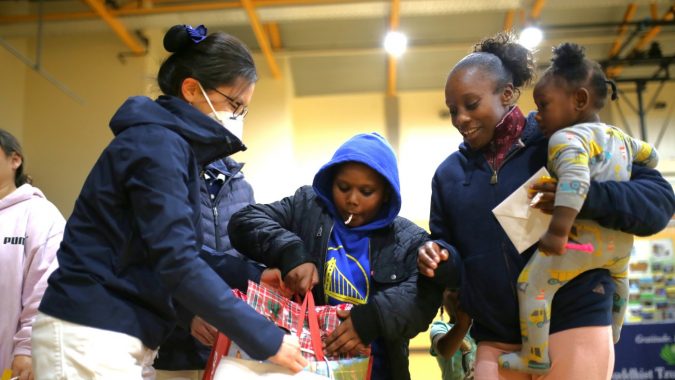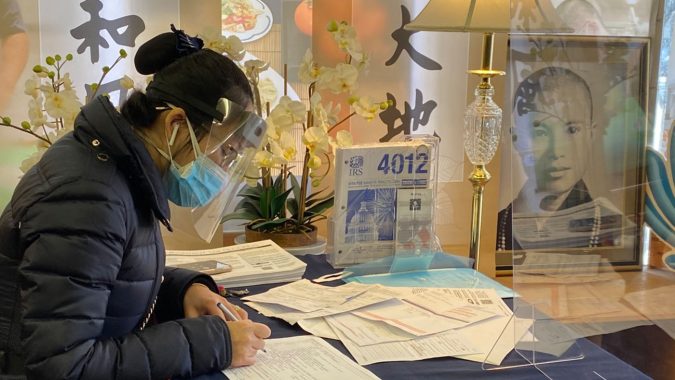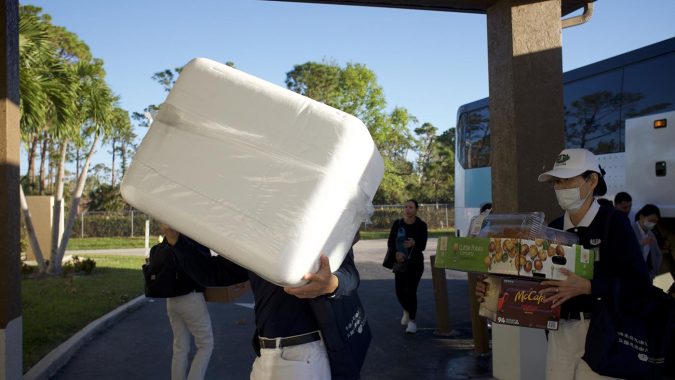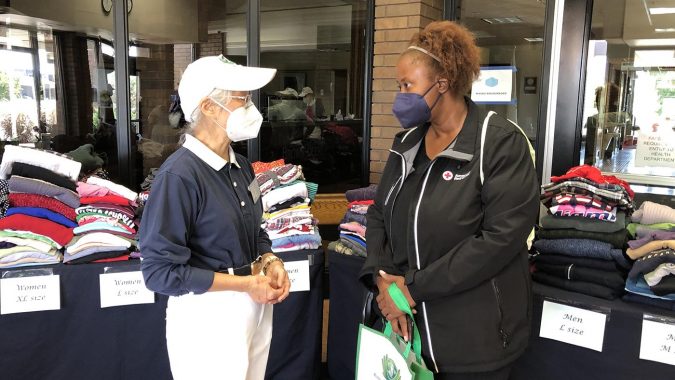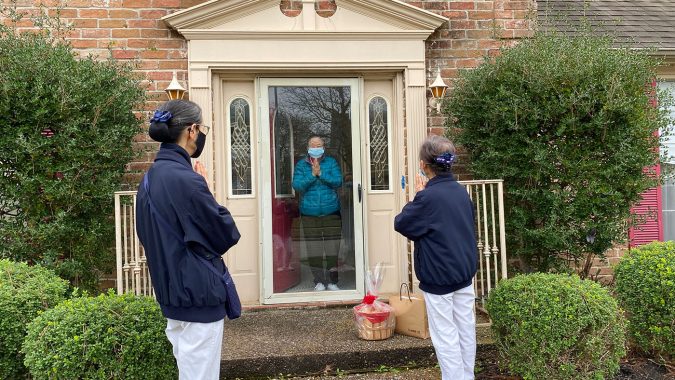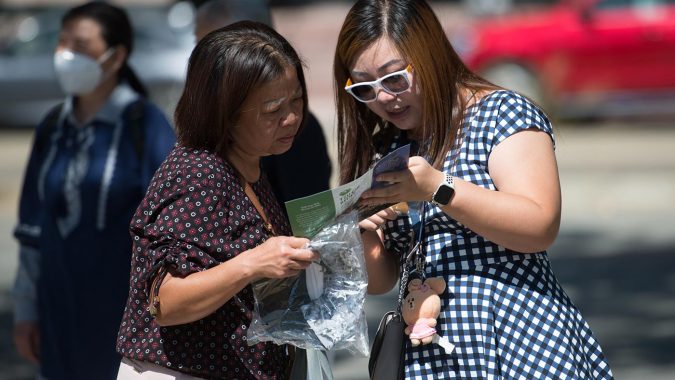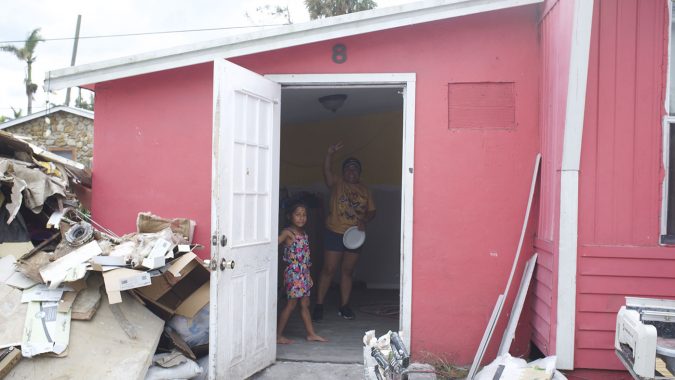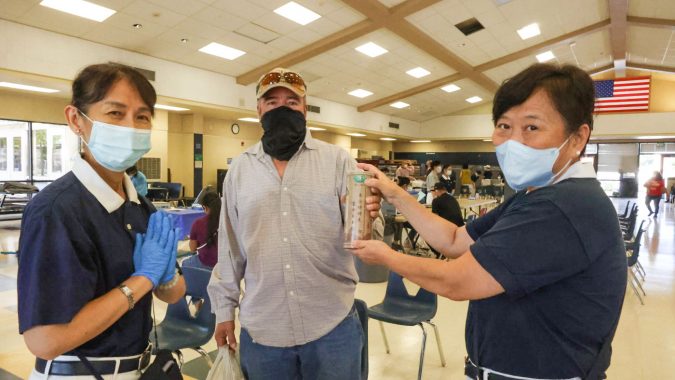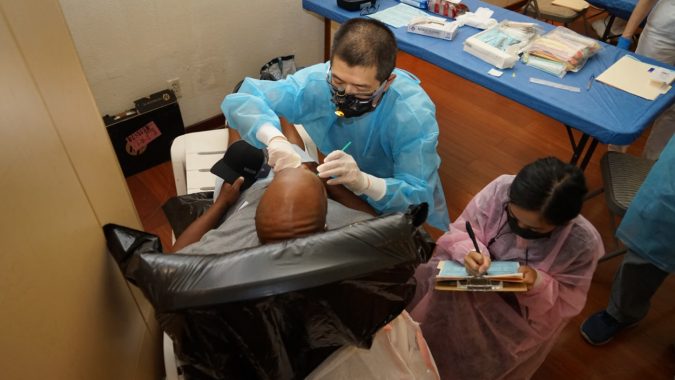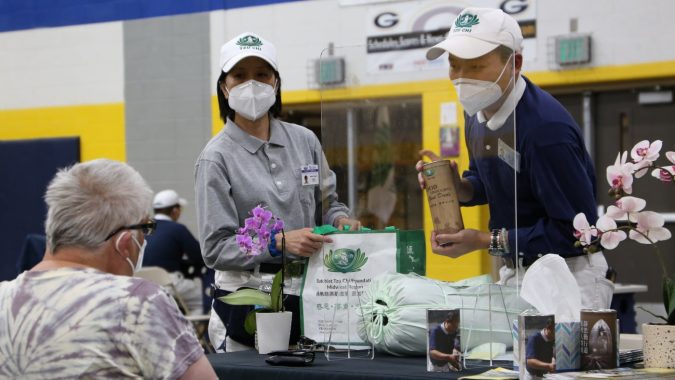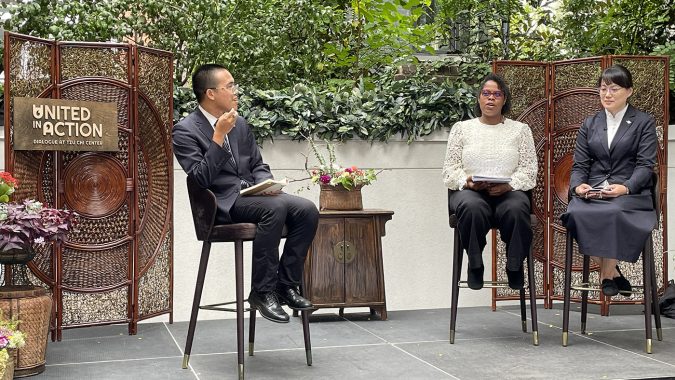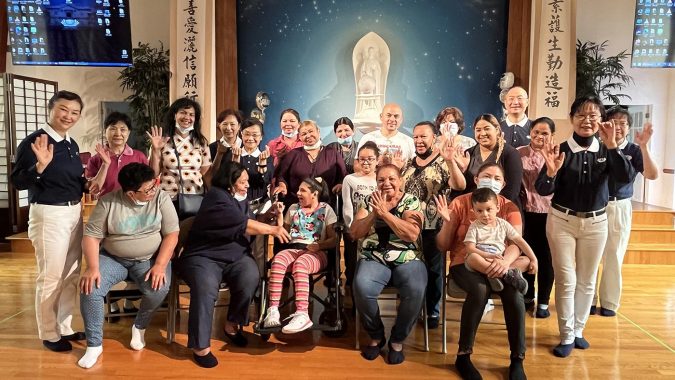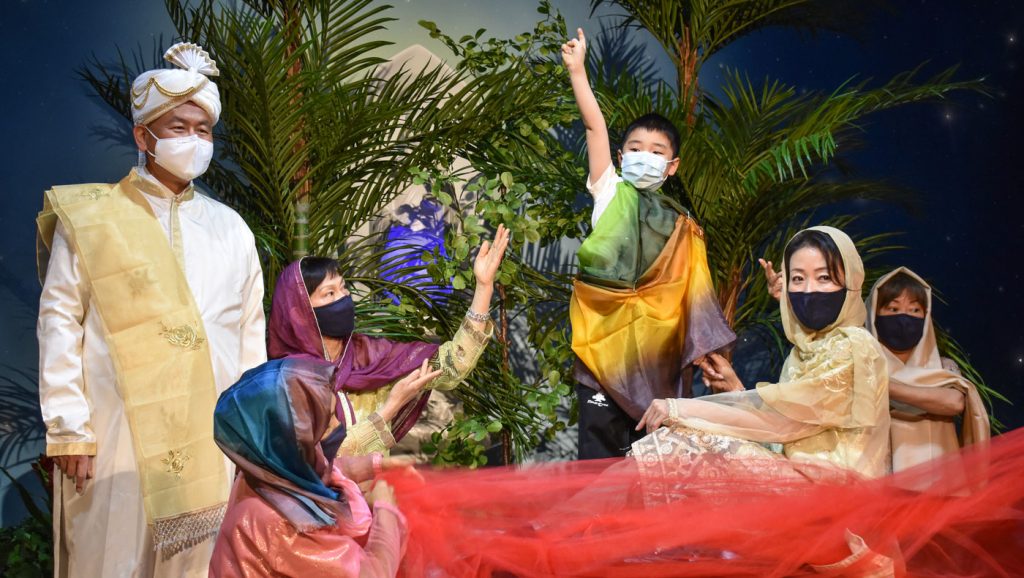
Written by Renee Chao and Jennifer Chien
Translated by Mark Wan
Edited by Diana Chang and Dilber Shatursun
At the Tzu Chi USA Headquarters in San Dimas, CA, there is excitement in the air. On Saturday, May 15, Tzu Chi USA will host a virtual sutra performance of “The Life of the Buddha,” in which volunteers will retell the story of the founder of Buddhism through music, sign language, and theater. Being the first theatrical production since the start of the pandemic, nearly 50 volunteers began gathering each Sunday since March 28 to begin rehearsing. Their hope is to share the wisdom of the Buddha’s life and spread the Dharma during a time of great hardship.
The event itself will mark two special occasions. The first is the 55th anniversary celebration of the Global Buddhist Tzu Chi Foundation. Since 1966, countless men and women around the world have carried out Dharma Master Cheng Yen’s plight to bring compassion and relief to those suffering. The second commemorates the Buddha’s birthday, known as Buddha Day. It is a time to remember the journey that brought Prince Siddhartha Gautama out from his palace and on his path to become what we know today as the Buddha. It is a story filled with challenge, hardship, and humanity, and Tzu Chi volunteers hope to do it justice.
Prioritizing Safety and Duty in Planning
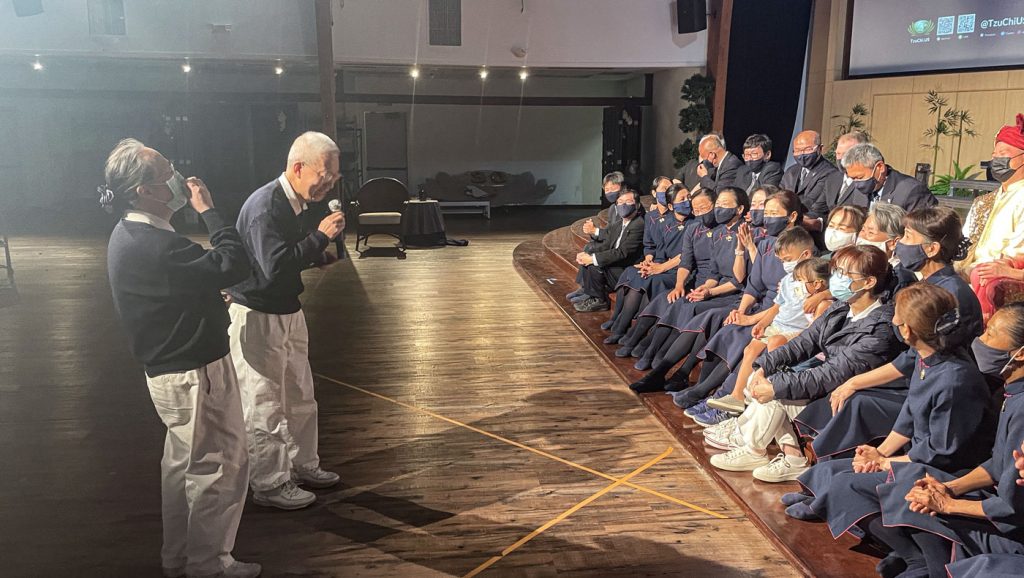
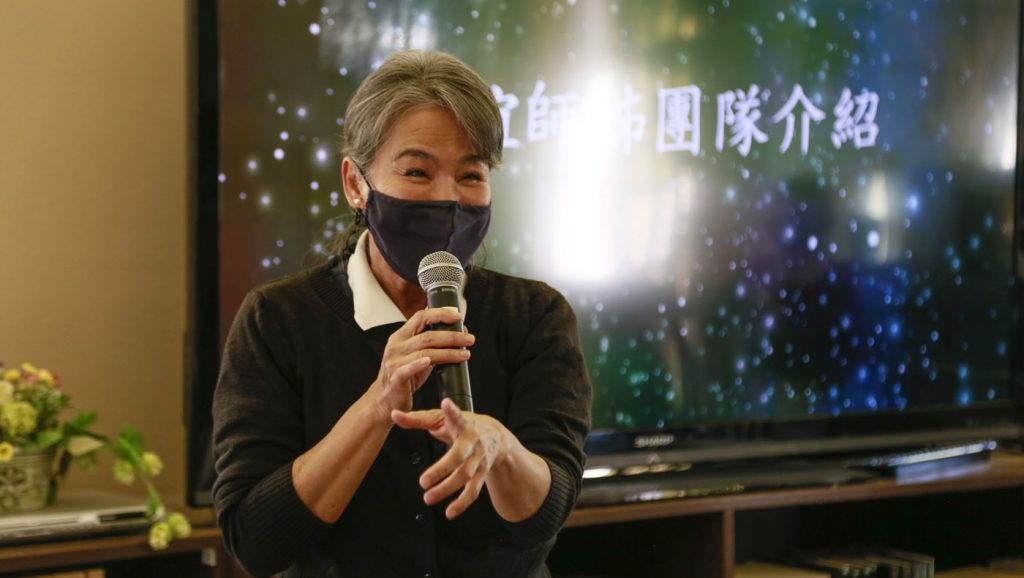
With the prevalence of video chatting platforms, Tzu Chi volunteers from across all nine regions joined in for virtual rehearsals of the “Life of the Buddha” program. Many volunteers have used these platforms to practice their sign language performances, as well as low capacity, masked gatherings at Tzu Chi offices, like those conducted in San Dimas, CA. Yet, a celebration like this is only a beginning.
From May 2021, Tzu Chi USA plans to host a series of activities (both virtual and in-person as appropriate) to commemorate the founding of Tzu Chi. Volunteer Jingyi Lee is the executive director of the sutra performance, and created a crucial link between teams from other regions to coordinate and guide this year’s virtual plans. Asking her about this year’s event, she got sentimental remembering the simple virtual gathering volunteers did for Buddha Day last year.
How time flies; I still remember last year when, with the pandemic suddenly befalling us, Tzu Chi USA volunteers staged an online event on Buddha’ birthday connecting all the regions [of Tzu Chi USA]... Although the pandemic is still very much around, for the sheer importance US disciples attach to the Tzu Chi’s 55th anniversary, we all agreed that starting from the Buddha’s birthday in May, our events for this year needed to be extended.
Bringing the Buddha’s Story to Life
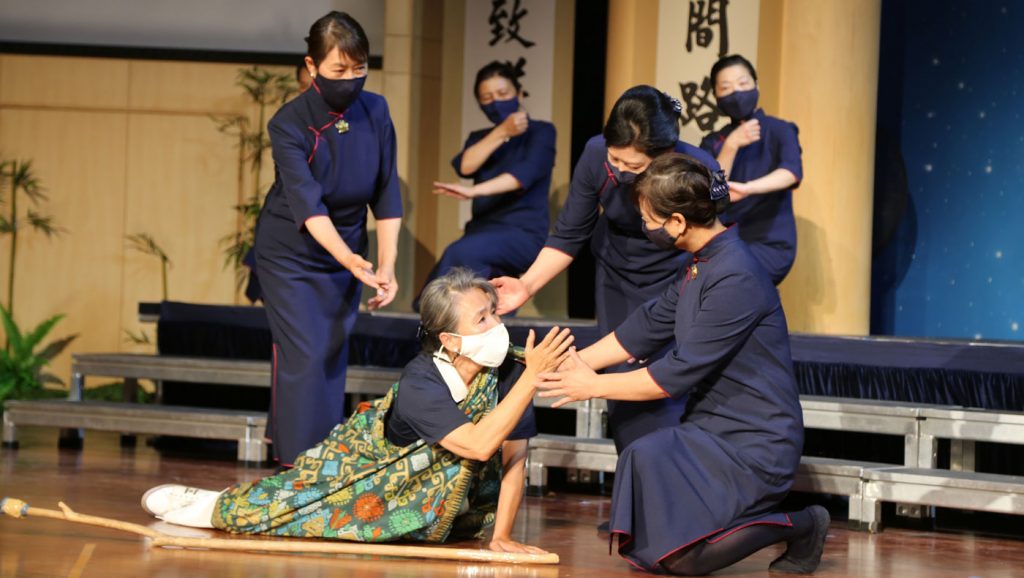
In consensus with all other regional offices, the basis for the performance was set on the Lotus sutra. In advance of the performance on May 15, volunteers would gather the week before, on May 8, to appear briefly in the virtual Buddha Bathing Celebration hosted in Taiwan. However, the full performance itself would be broken into 13 acts, with volunteers based at Tzu Chi USA Headquarters taking on four of them. These four consisted of the Buddha’s birth, aging, illness, and death. To make the performances both educational and entertaining at once, theatrical acts would be combined with sign language.
By spending the time to artistically portray this story that is fundamental to Buddhism, those participating simultaneously engage in spiritual practice. Both their bodies and minds are tuned into the love and compassion contained in the Lotus sutra. Doing so, their heartfelt interpretations are more easily relatable to a wider audience, regardless if they are familiar with the sutra or not.
Weeks of Dedication
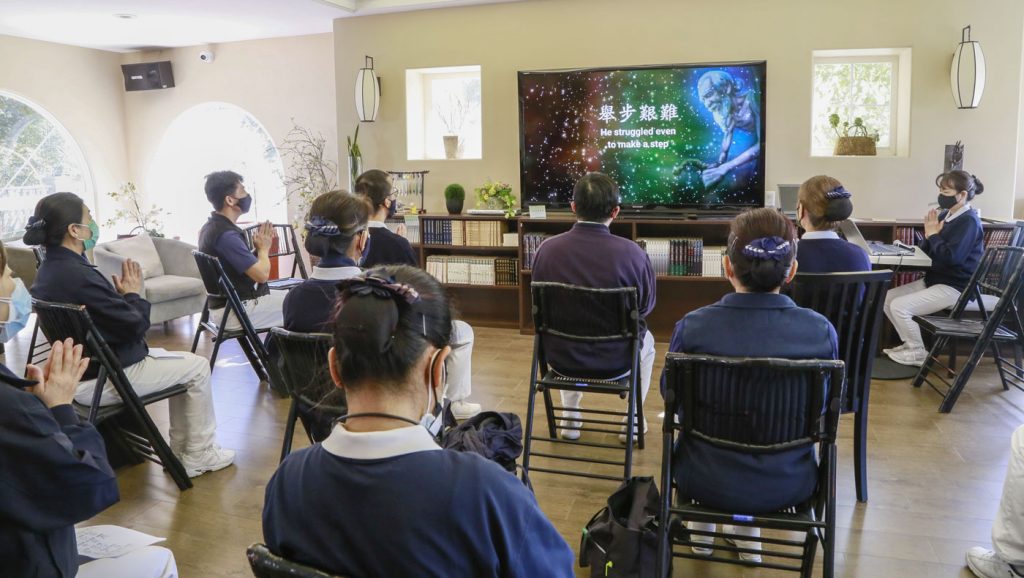
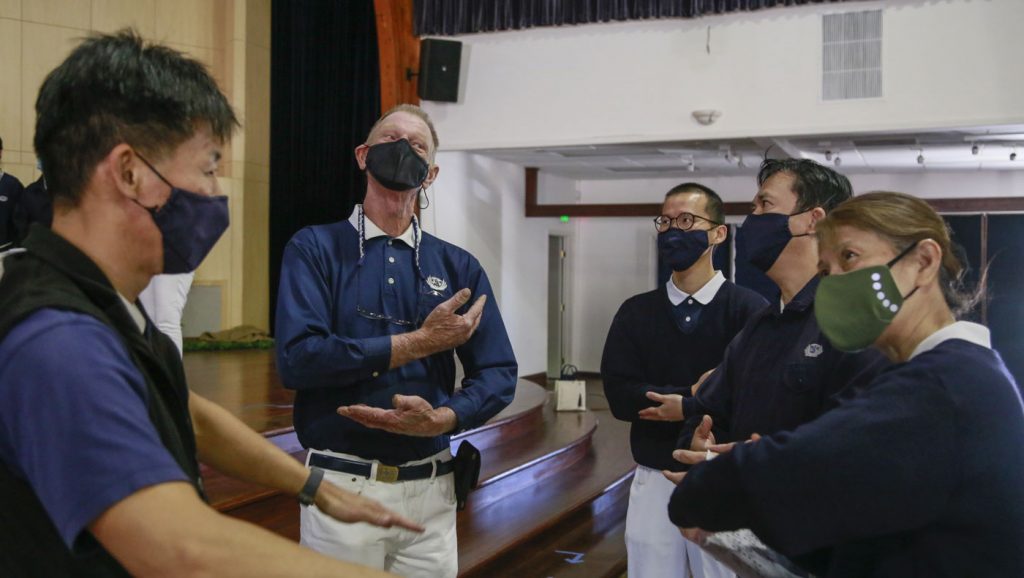
On March 27, construction of the set began with oversight from Tzu Chi USA Chief Executive Officer Jackson Chen and his deputy, Dr. Han Huang. With the muscle of a small band of volunteers, they carefully planned out and set up the stage so that volunteers could properly rehearse the following day.
Then, nearly 50 volunteers arrived on March 28 ready to practice. They first gathered at Jing Si Books & Cafe to review the agenda and each of the four acts they would perform. It was imperative, too, for participants to understand the meaning of each portion to amplify their spiritual connection.
What’s more, by participating, each person made a commitment. To not miss a rehearsal and ensure that the story of the Buddha could be told without worry! Though all of them agreed, a few volunteers stood out from the crowd.
Rosi Ueng, a Tzu Chi USA volunteer in charge of the sign language performances said that some had been driving in with commutes between 2-5 hours, one way only. They were coming from Las Vegas, NV and San Diego, CA. Truly, the performance was in great and humble hands.
Performing the Message of the Dharma
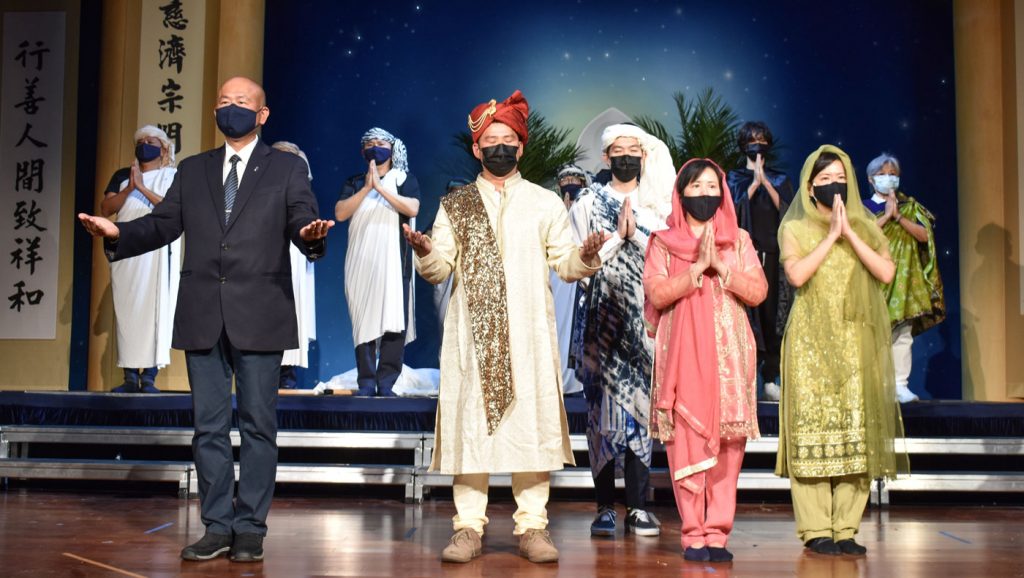
In the act that shows the Buddha becoming older, volunteer Wan Chen Lo played the role of an elderly woman.
“I am grateful to have the opportunity to interpret “The Life of the Buddha,” especially for a role that’s sort of stirring up the Buddha’s emotions. I’m nearly 75 years old myself, but have yet to detect the situations coming with age. I really began to visualize the scenarios of being senile, immobile, and having backache and pain. It steeled my resolve to stay active and fit, and to contribute through Tzu Chi.”
The four acts included birth, again, sickness and death. Volunteer Cici Liu Chang shared that some of the sign language moves got a little strenuous. One area of challenge was the Avataṃsaka sūtra”, involving varying versions of the word for suffering. But, she hopes that the Buddha’s hardships contain a certain shock factor to better connect with audiences; the kind of shock that awakens.
Born more than 2,500 years ago, the Buddha has his doctrine of compassion. Dharma Master Cheng Yen incorporates this into her own teachings with the creed that, in her perspective, says “be committed to Buddhism and to all sentient beings.” And that is what The Life of the Buddha plans to show.

